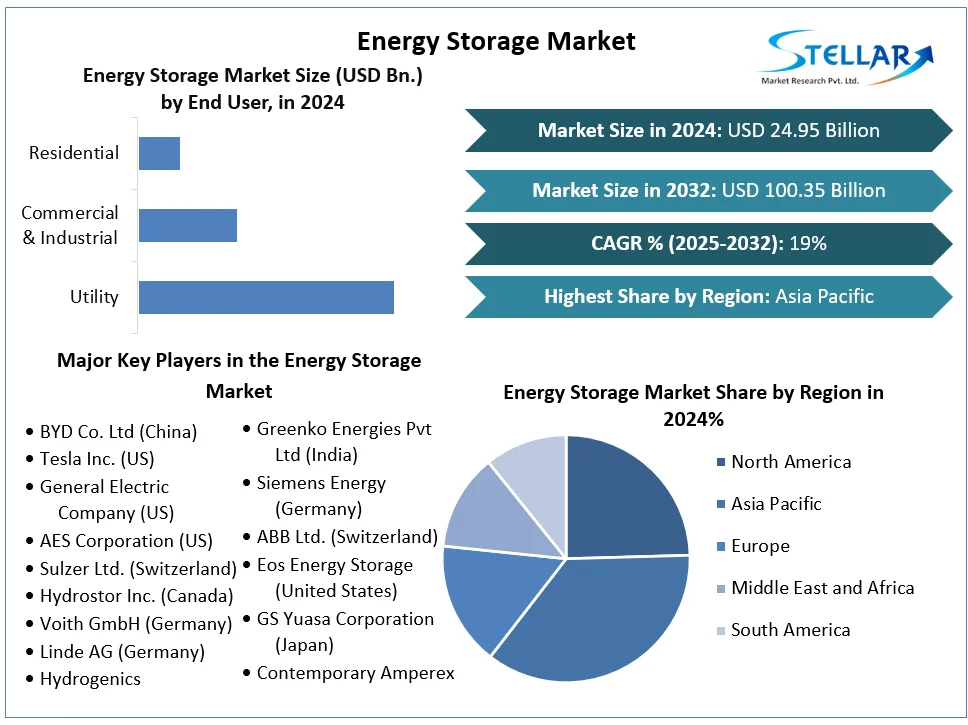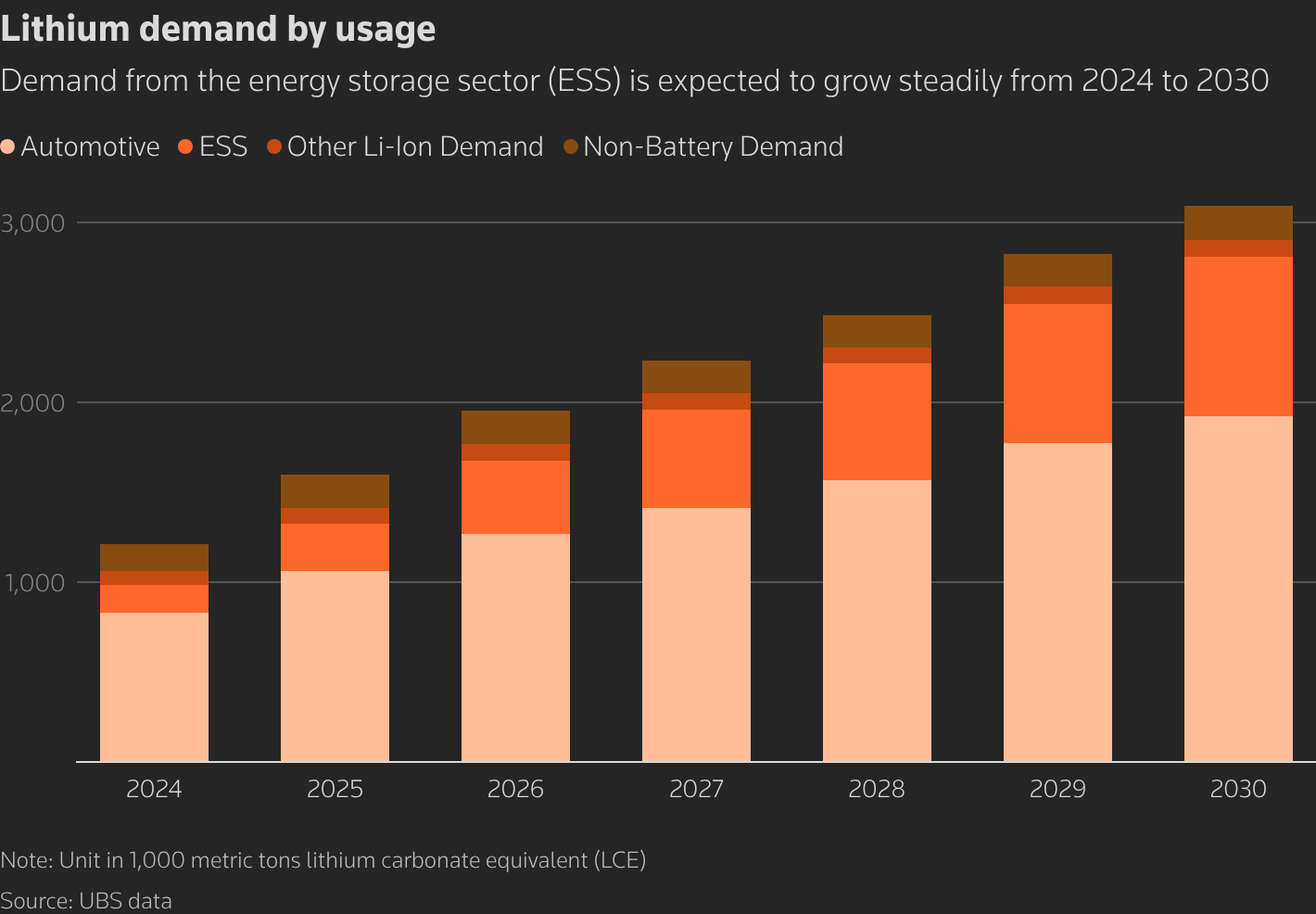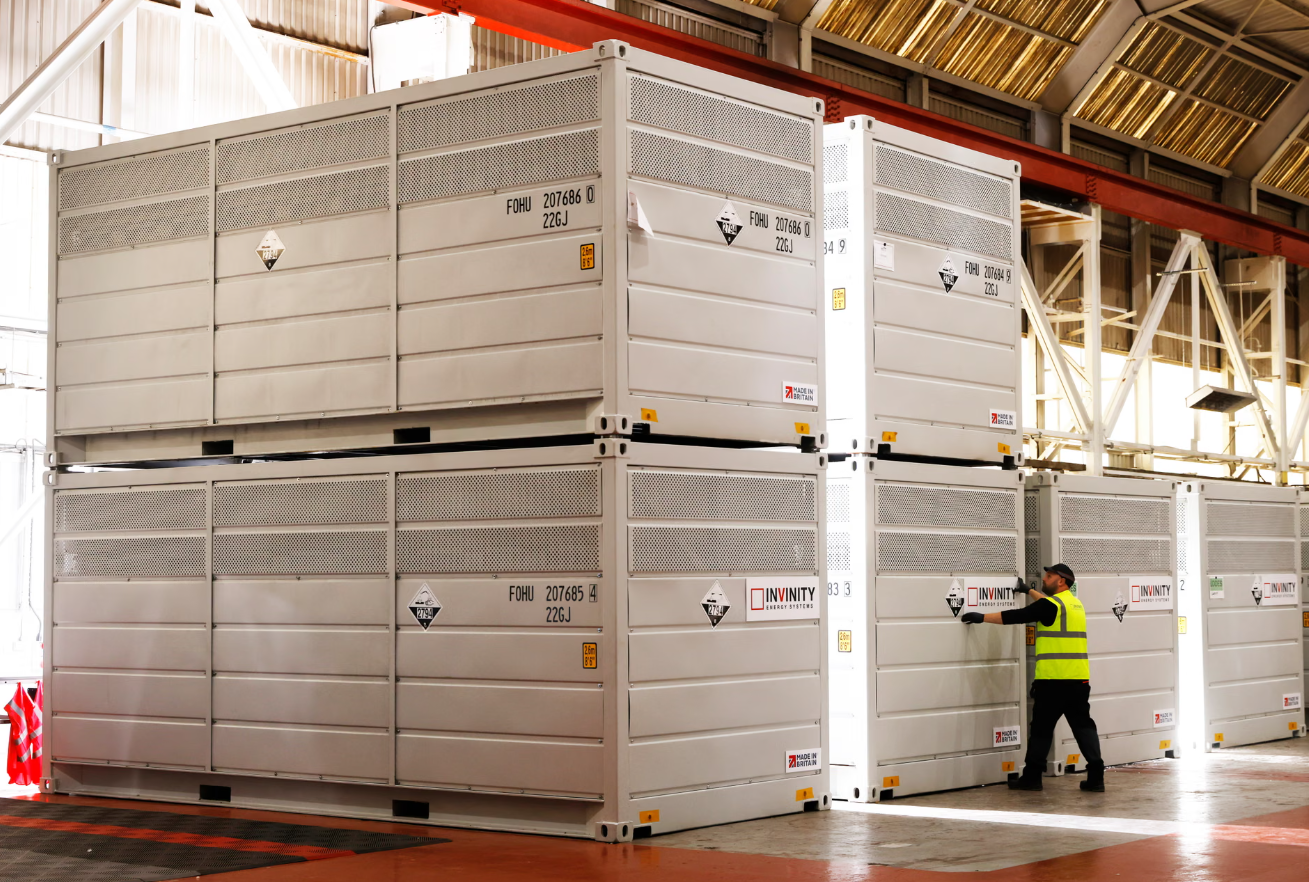As the world continues to embrace renewable energy, off-grid solar systems have gained popularity as a sustainable and independent power solution. However, one crucial aspect that potential users consider is the cost. In this blog, we will explore the estimated costs of off-grid solar systems in 2024, providing you with valuable insights into the financial aspects of going off-grid.
Off-grid solar systems use photovoltaic (PV) panels to charge a battery bank, which you can use with an inverter to power your home.Pytes E-Box-48100R, Pytes E-Box-48100R is an excellent energy storage battery product designed, developed and manufactured by Pytes. It can be used for off-grid, backup, zero output, time-sharing, demand response, peak shaving, virtual Scenes such as power plants. It is also compatible with most major brands of inverters on the market, making it easy to integrate into your existing solar system.
In order for an off-grid system to work properly, you must size your solar panels and batteries so that they can meet 100% of your energy needs under all conditions. This includes winter and cloudy days, when sunlight hours are reduced and solar panels are less productive.
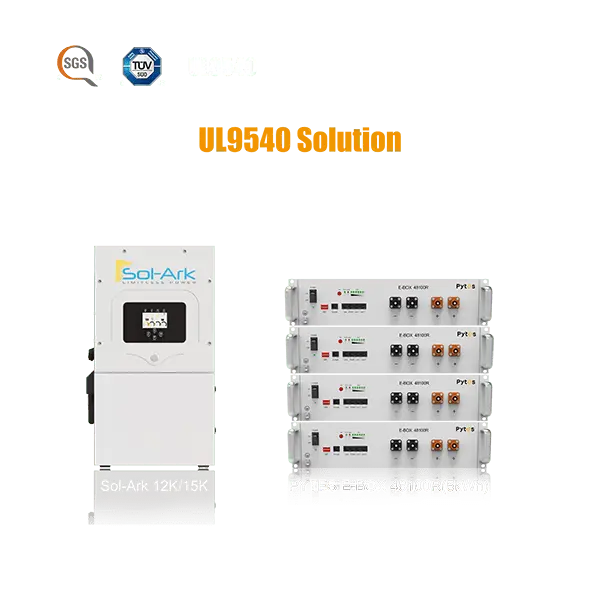
Both off-grid and on-grid solar systems use photovoltaic cells to convert sunlight into electricity. However, there are important differences in their components and configuration:
1.Solar Panels: Photovoltaic modules are the basic building blocks of solar systems. The panel's photovoltaic cells produce direct current (direct current) when exposed to sunlight, which is then converted into alternating current (alternating current) to power household lights and appliances.
2.Solar Batteries: Off-grid solar systems must store energy because they cannot rely on the grid at night. What needs to be emphasized here is that Pytes E-Box-48100R can be used even off-grid.
3.Inverter: Solar panels and battery systems provide DC power, but your home appliances run on AC power. An inverter is a device that converts direct current into alternating current.
Solar Charge Controller: This device regulates the voltage and current provided by the solar array to the battery, preventing damage. Pulse width modulation (PWM) controllers require matched voltage panels and batteries, while maximum power point tracking (MPPT) controllers can use higher voltage panels to charge the battery. Therefore, MPPT controllers can also handle higher power than PWM 4.controllers.
Both grid-tied and off-grid systems use solar panels and inverters. Batteries are an option for grid-tied systems, but batteries are required for off-grid systems. A charge controller is only needed in off-grid systems, as you don't have the option of sending excess solar power to the grid.
Two main factors determine the size and cost of a solar system, both of which apply to on-grid and off-grid installations:
1. Household energy consumption
2. Local sunshine conditions
Household energy consumption
Homes with higher electricity usage require more solar panels to generate enough power and large batteries to store energy for nighttime use. Off-grid systems are more expensive than on-grid systems because they must account for worst-case scenarios, such as adverse weather conditions, short winter days, and above-average energy consumption.
Alternatively, contact Pytes and our expert technicians can size your off-grid system to meet the majority of your energy consumption. We can help you analyze your energy needs as the first step in the solar process to ensure your solar power system is sized best for your home.
local sunshine conditions
Even if two homes have the same electricity usage, the property with less sunlight will require a larger PV system size to meet its electricity usage. Off-grid solar systems must provide 100% of the home’s electricity usage at all times.
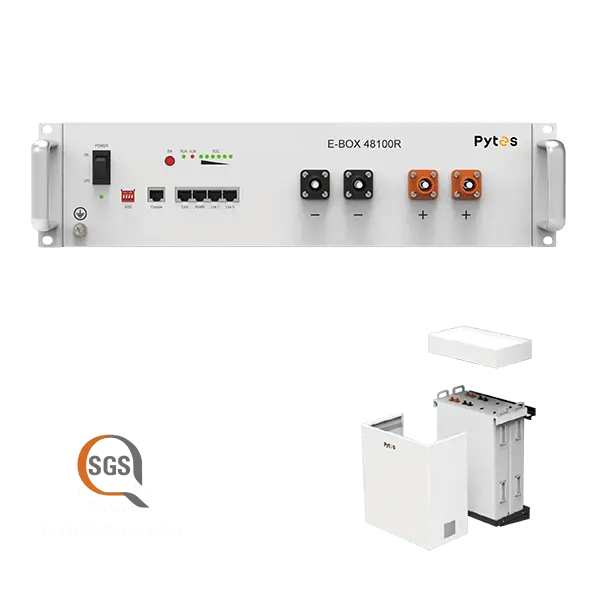
Before delving into costs, it’s important to consider the factors that will influence overall off-grid solar system pricing in 2024. Understanding these factors will help individuals make an informed decision when considering installation.
1.Solar panel efficiency and capacity:
The efficiency and capacity of solar panels play an important role in determining the cost of the system. Technological advancements have increased the efficiency of solar panels, thereby increasing energy production. However, the cost of high-efficiency panels is usually slightly higher. Consider solar battery Pytes E-Box-48100R or Pytes V5°.
2.Battery storage:
Off-grid solar systems require battery storage to store excess energy for use when the sun is low. The cost of a battery depends on its capacity and type. Lithium-ion batteries, while initially more expensive, tend to have longer lifespans and higher efficiencies, making them a popular choice in 2024.
3.Inverter selection:
An inverter converts direct current (DC) generated by solar panels into alternating current (AC) for use in the home. The type, capacity and quality of the inverter affect the overall cost of the system.
4.Installation and maintenance:
Installation costs may vary based on system complexity, location and labor charges. In addition, ongoing maintenance costs should be considered to ensure longevity and optimal performance of the system.
Let’s take a closer look at the cost breakdown of off-grid solar systems in 2024.
1.Solar panels:
Over the years, the cost of solar panels has decreased significantly due to technological advancements and increased production. On average, solar panels will cost between $0.50 and $0.80 per watt by 2024, depending on efficiency and capacity.
2.Battery storage:
Battery costs have also experienced a downward trend, making off-grid solar systems more accessible. By 2024, battery costs will typically range from $200 to $300 per kilowatt hour (kWh), depending on type and capacity.
3.Inverter:
Inverter costs vary depending on the size and type of system. On average, inverter costs will range from $0.15 to $0.30 per watt by 2024.
4.Installation and maintenance:
Installation costs can vary significantly depending on the size and complexity of the system, location, and labor costs. On average, installation costs range from $2,000 to $8,000, while maintenance costs are estimated to be around $100 to $500 per year.
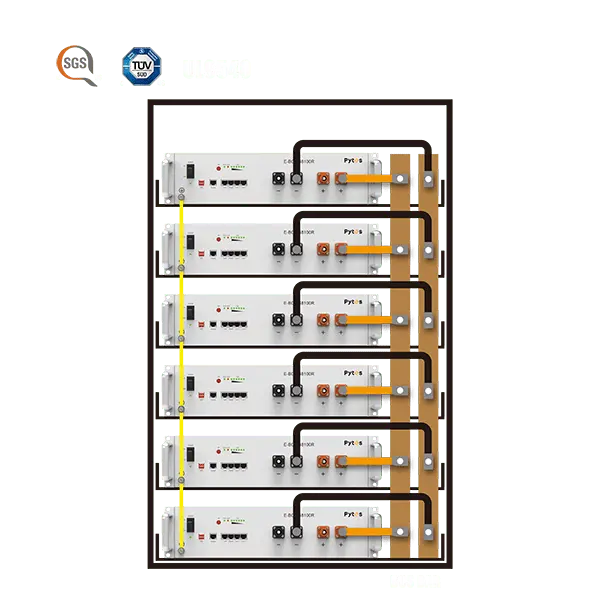
Governments around the world are promoting the adoption of renewable energy through various incentives and financing schemes. These initiatives are designed to reduce the overall cost burden and make off-grid solar systems more affordable. Potential incentives include tax credits, grants and rebates, which can significantly offset the upfront costs of installation.
Additionally, innovative financing options such as solar loans and power purchase agreements (PPAs) allow individuals to pay for off-grid solar systems over time, making it more financially feasible for many.
By 2024, off-grid solar systems will become more affordable and accessible than in previous years. Technological advances, increased production and government incentives have contributed to this positive shift. However, it’s important to carefully evaluate factors that affect cost, such as solar panel efficiency, battery storage, inverters, and installation and maintenance fees. By considering these factors and exploring available financing options, individuals can make an informed decision and enjoy the benefits of an off-grid solar system while reducing its impact on the environment.
If you have needs for solar batteries or off-grid solar systems, please feel free to contact Pytes. Our technicians will provide you with professional installation suggestions and can also provide you with customized solutions for off-grid solar systems.
E-mail:pytesusa@pytesgroup.com
Is it Worth Investing in Energy Storage Batteries for Your Rooftop Solar panels?
